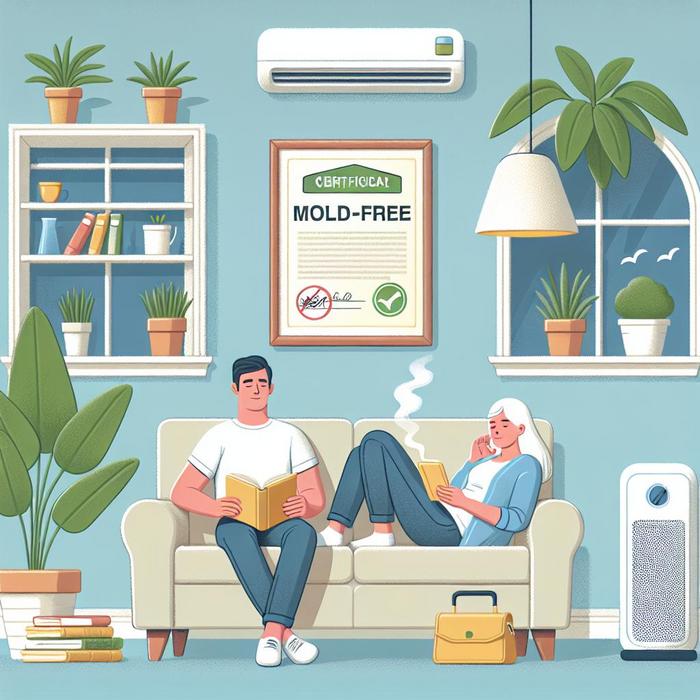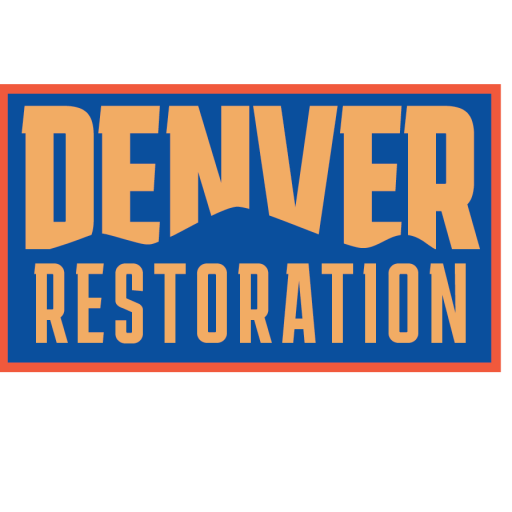The Importance of a Mold-Free Home
The detection of mold in your home can be both disturbing and unsettling. Not only does mold lead to unsightly discolored patches and unpleasant smells, but it also poses serious risks to your health. Maintaining a mold-free home is essential for ensuring the well-being of you and your family. But achieving a mold-free home isn’t as simple as just routine cleaning, it requires a comprehensive knowledge of mold, including why and how it grows, and implementing the right preventative measures.
Understanding Mold and its Health Risks
Mold is a type of fungi that thrives in damp, warm conditions. It can grow almost anywhere with enough moisture, including on walls, ceilings, carpets, and furniture. Mold reproduces by releasing tiny, lightweight spores that travel through the air. These spores pose risks to your health, especially if you are exposed over a prolonged period. According to Florida Health, prolonged exposure to mold can cause various health problems, such as nasal and sinus congestion, coughing and wheezing, respiratory problems, throat irritation, and other allergic reactions. Hence, the importance of a mold-free home cannot be overstated.
Essential Steps Towards Achieving a Mold-Free Home
Achieving a mold-free home doesn’t have to be a daunting task. Here are some simple, effective steps you can take to prevent mold growth in your home:
* Regularly inspect your home for leaks and fix them immediately. Leaks provide the moisture that molds need to grow.
* Keep your home well-ventilated, especially in areas where moisture tends to accumulate, such as bathrooms and kitchens.
* Use dehumidifiers to reduce the level of humidity in your home.
* Dry wet materials and areas promptly as mold can grow in just 48 hours.
By implementing these essential steps, you can maintain a healthier living space without the fear of mold infestation.
Professional Mold Inspection for Peace of Mind
While these preventative measures can significantly reduce the risk of mold, it may still go unnoticed in hidden areas, such as behind walls or under carpets. This is where professional mold inspection comes into play. A professional mold inspector will have the necessary training, experience, and equipment to detect the presence of mold, even in the most hidden corners of your house.
Not only can professional mold inspection ensure your home is free from this harmful fungus, but it can also provide you with valuable advice on preventing future mold growth. Scheduling regular mold inspections can give you peace of mind, knowing your home is a safe and healthy environment for you and your family.
For further insight, we recommend reading our article on how to Easily navigate your mold testing process, which provides a detailed approach to an effective mold inspection.
Environmental and Health Safety Ensuring a Mold-Free Home
Your health and that of your family should always be the priority. Ensuring a mold-free home is a significant step towards maintaining good health. By understanding the presence and dangers of mold, you can take necessary measures to prevent its growth in your home. Regular mold inspections by professionals not only keep your home mold-free but also provide a sense of assurance for a healthier living environment.
Maintaining Legal Compliance in Mold Remediation
Notably, maintaining a mold-free home also ensures compliance with local health regulations. The U.S. Environmental Protection Agency (EPA) provides guidelines on remediation of mold, available here. Non-compliant properties can face hefty fines and lawsuits, creating additional stress for the homeowner.
In conclusion, keeping your home free from mold is not just about maintaining the aesthetics of your home, but also about safeguarding your health and ensuring compliance with local regulations. By taking the recommended preventative measures and scheduling regular professional mold inspections, you can sleep better knowing your home is mold-free.
Fire and Water Damage Restoration: An Integral Aspect of Home Maintenance
Fire and water damage are formidable foes to any homeowner or property manager, and the need for prompt, professional restoration is paramount. The devastating aftermath of a fire or water-related disaster can leave properties in a pitiable state, necessitating immediate attention and expert restoration.
Understanding the Impact of Fire and Water Damage
Fire and water damage can significantly impact both the structure and contents of a property. The aftermath of a fire can leave traces of soot, smoke, and often water from firefighting efforts. These residues can cause further deterioration to the property, resulting in a more complicated restoration process.
On the other hand, water damage, often resulting from leaks, flooding, or weather-related incidents, can also have disastrous effects on a property. Water can seep into structural components, furnishings, and appliances, leading to deterioration, mold growth, and even potential electrical hazards.
Evoking Rapid Response to Mitigate Damage
Ensuring a swift response in the face of fire or water damage is crucial. The sooner you initiate the restoration process, the more likely you are to minimize the extent of damage and prevent further complications such as structural instability or mold and mildew growth. Time is of the essence when it comes to disaster recovery, and having a professional restoration team at hand can make all the difference.
The Role of Professional Restoration Services
Professional restoration services play a significant role in mitigating fire and water damage, ensuring structures are habitable, safe, and aesthetically pleasing once again. Relying on professional service providers not only guarantees a comprehensive and efficient restoration process but it also provides peace of mind, knowing your property is in capable hands.
Professional restoration involves several steps, including damage assessment and estimation, water extraction and drying, soot and smoke removal, sanitization, and structural repairs. It is important to remember that each restoration process is unique and should be tailored to the severity and nature of the damage.
To further deepen your understanding of fire damage recovery, we recommend reading our resource on Everything you need to know about fire damage recovery.
Restoration Techniques and Equipment: Ensuring Effective Damage Restoration
Restoration is a scientific process requiring the appropriate techniques and equipment to ensure a successful outcome. Depending on the nature of the damage, an array of advanced techniques and state-of-the-art equipment may be employed to restore the property to its pre-damage condition.
Employing the Right Techniques
The restoration process involves a series of diverse techniques, from assessing the extent of damage to executing the necessary repairs. For instance, when dealing with water damage, extraction techniques are applied to remove water from the property. Dehumidification is implemented to eliminate excess moisture and deter mold growth. In the instance of fire damage, techniques such as soot and smoke removal, odor neutralization, and sanitization come to play, ensuring the property is free from smoke residues and smells.
Utilizing Advanced Equipment
Alongside the right techniques, having adequate and advanced equipment is paramount in ensuring the effectiveness of the restoration process. Professional restoration teams utilize specialized equipment ranging from industrial pumps for water extraction to air scrubbers for eliminating airborne particulates during fire restoration. High-grade dehumidifiers, air movers, and UV sanitizers are also part of the restoration arsenal, all working in tandem to restore your property to a safe and habitable state.
When faced with property damage, it’s not just the physical restoration homeowners should be concerned about. Navigating the legal and insurance landscape can prove to be a daunting task, which is why professional assistance becomes invaluable.
Dealing with Insurance
Filing insurance claims for property damage can become a complicated process. Professionals in the restoration industry are well-versed in liaising with insurance companies, helping property owners document the damage, understand their coverage, file claims accurately, and expedite the approval process.
Staying Compliant with Regulations
Property restoration should also comply with the local and national building and environmental regulations. Contractors engaged in restoration services need to follow the guidelines set forth by the authorities, ensuring the restored property is safe, habitable, and compliant. Non-compliance may lead to penalties and other legal issues, which can further aggravate an already stressful situation.
Customer Communication and Crisis Management
Effective customer communication is a critical aspect of property restoration. Open, honest, and frequent communication can help alleviate anxiety and confusion, making the whole process more bearable for the property owner.
Crisis management is another key area of focus during restoration. A professional restoration team should be able to swiftly respond to emergencies, implement a plan of action, and handle any unforeseen issues, thereby minimizing stress and inconvenience.
Restoration: A Path to Resiliency
Restoration services are not just about repairing physical damage. They represent the path to resilience, enabling homeowners and property managers to bounce back from a disaster. It’s an essential aspect of property ownership and maintenance that ensures the safety, value, and longevity of your home or property.
For a more in-depth look into property restoration, especially post-storm, we suggest taking a look at our helpful guide on Restoring Your Property Post-Storm: Your Roadmap to Resilience. This resource will provide further understanding of how to respond effectively in the aftermath of a storm and the critical role restoration services play in your journey to recovery.

